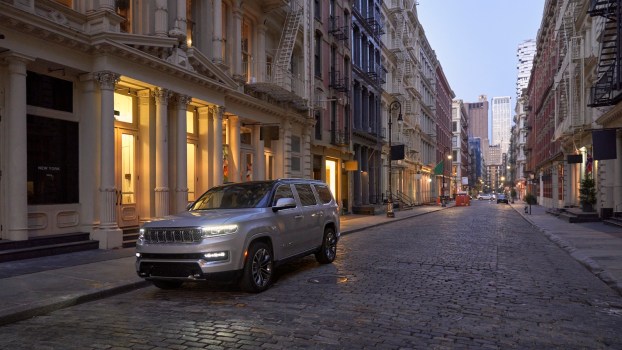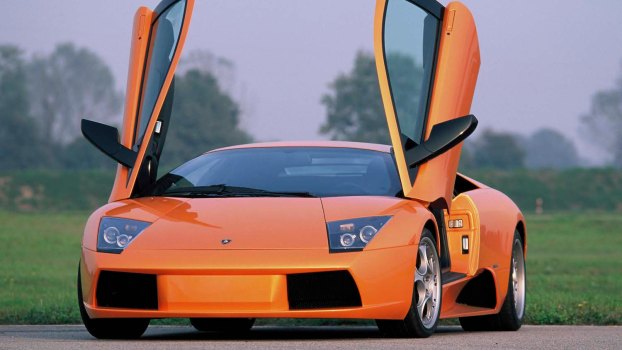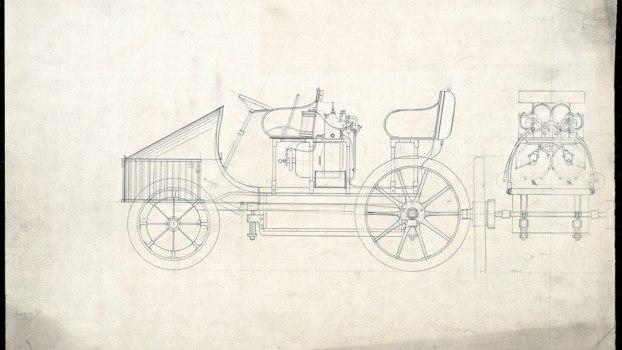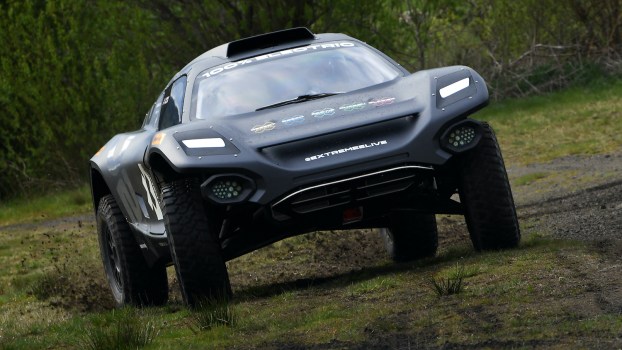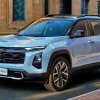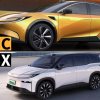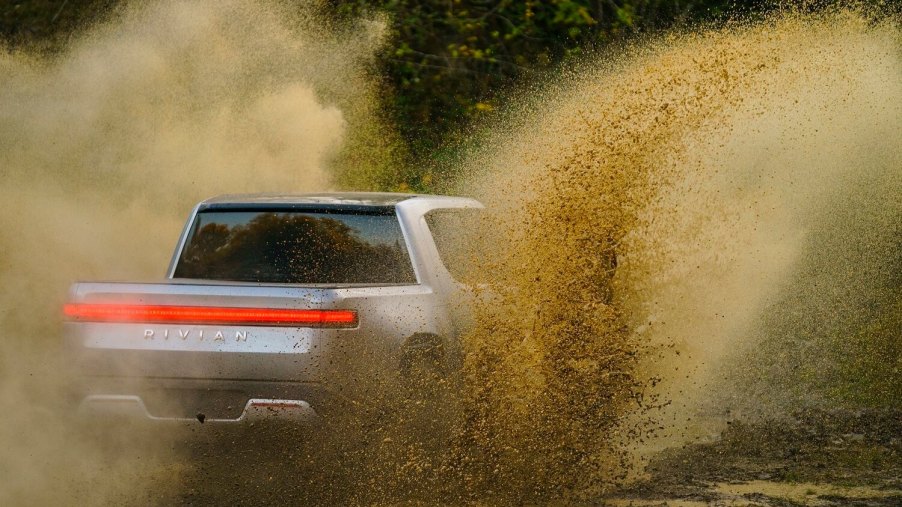
$156K BMW i7 Sports Sedan Can’t Keep Up With the Rivian Pickup Truck
Here’s a matchup I never thought I’d write: BMW‘s latest, greatest electric sports sedan versus a 4WD pickup truck built in Illinois. But the Rivian R1T–the first electric truck to market–beats the BMW i7 in both straight-line speed and its road-holding ability while cornering. All this while having twice the cargo capacity at half the price. The Rivian supertruck proves that while startups eager to reinvent the automobile explore the best of what EVs can be, even BMW limits itself by clinging to what vehicles once were.
The Rivian R1T and the BMW i7 go head-to-head
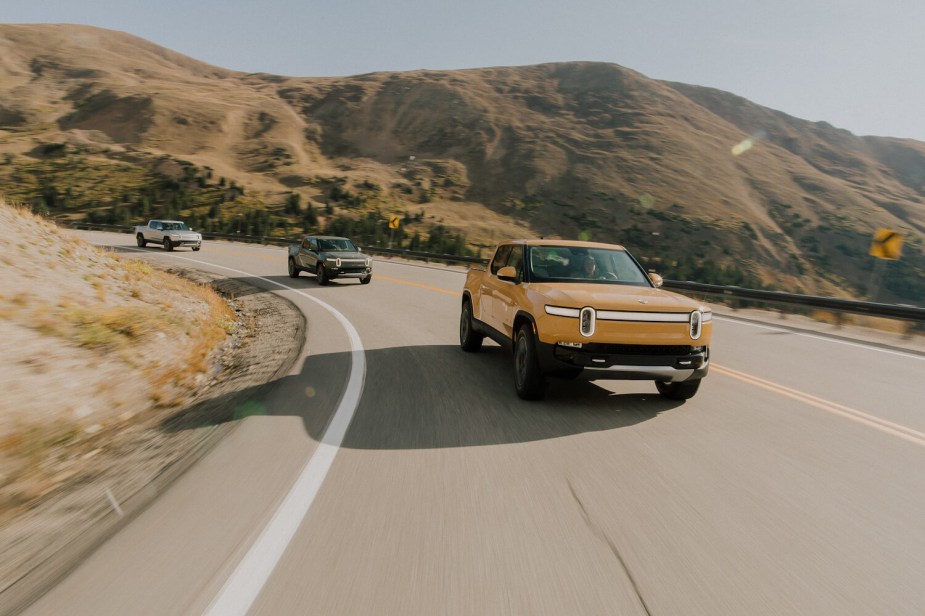
OK, not actually. MotorBiscuit has not had a chance to test either the R1T or the i7 (Rivian, I’m still waiting for your call!). None of the publications lucky enough to drive these new models were crazy enough to pit them against one another. Lucky for us, Car and Driver not only took both on its test track, but was careful to record the results. Here’s how these four-door EVs stack up:
| BMW i7 | Rivian R1T | |
| 0-60 mph | 4.1 seconds (w/ rollout) | 3.3 seconds (w/ rollout) |
| 0-100 mph | 9.1 seconds | 9.0 seconds |
| 1/4-mile | 12.5 seconds @ 114 mph | 11.9 seconds @ 110 mph |
| 140 mph | 22.3 seconds | N/A |
| 70-0 mph | 159 ft | 177 ft |
| 100-0 mph | 318 ft | N/A |
| Roadholding | 0.93 g (on a 300 ft-skidpad) | 0.80 g (on a 300-ft skidpad) |
| Advertised Range | 308 miles | 314 miles |
| Tested Highway Range | 260 miles | 220 miles |
| Weight | 6,067 lbs | 7,173 lbs |
| Passenger Space | 112 cubic feet | 107 cubic feet |
| Cargo Space | 18 cubic feet | 37 cubic feet |
| MSRP | $120,295 | $74,075 |
| Price as tested | $156,595 | $76,875 |
Thanks to a separate electric motor for each wheel, the Rivian R1T made headlines as the world’s fastest truck. With 800+ horsepower on tap, I’m not shocked that it can beat the BMW i7 to 60 mph or through the 1/4-mile.
With the two neck-and-neck at 9 seconds/100 mph, it would have been interesting to see how the more aerodynamic BMW pulls ahead at higher speeds. But the Rivian’s top speed is electronically limited at 111 mph. And considering that it’s a truck, that’s probably wise.
What interests me much more than the Rivian’s straight-line dominance is its roadholding capabilities. On a 300-ft skidpad, the R1T’s driver is experiencing 10%+ less g-force than in the i7. The Rivian took 18 more feet to stop from 70 mph. But it did all this on all-terrain tires. If you gave it a set of Pirellis like the i7 was wearing, I imagine it would embarrass the BMW.
Are quad-motor drive and hydraulic dampers the secret to the Rivian’s handling?
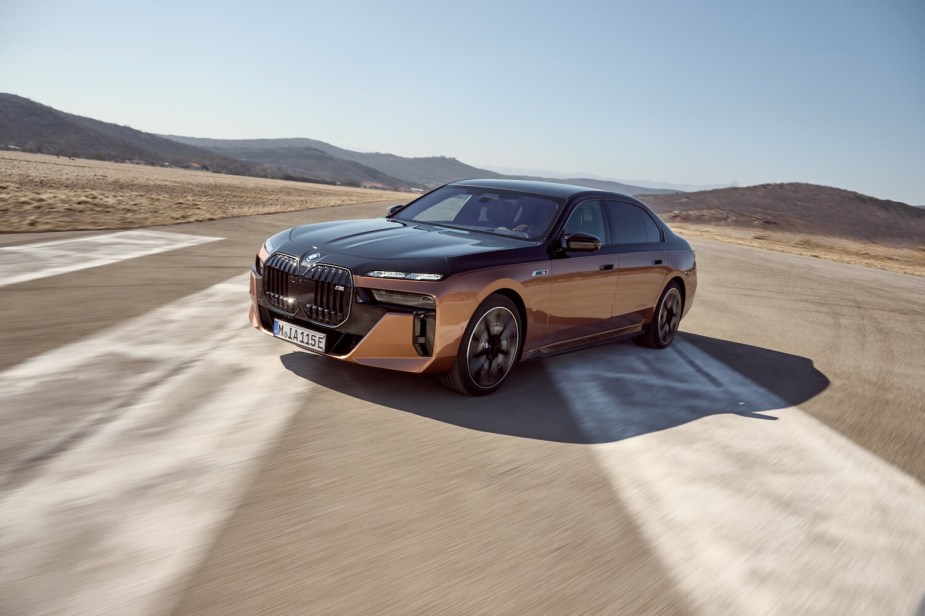
The reviewers over at MotorTrend were among the first to get their hands on the Rivian R1T. The publication keyed in on two technologies responsible for the truck’s driving experience: its quad-motor drive tuned for aggressive torque-vectoring and its adjustable hydraulic dampers. MotorTrend wrote that the Rivian could put more power to its outside wheels to pull itself through a corner and eliminate body roll at any ride height.
What was the result? “In on-road mode, there’s almost no body roll in the corners…we were driving it like a sports sedan, but we’ve got four people in the cab and a bed full of stuff.”
The reviewers had an even more vivid description of what the torque vectoring meant for cornering: “We felt the R1T’s torque-vectoring superpowers at work: The outside-rear motor powered up and brought the R1T’s nose around, and we blasted out of the turn like the Millennium Falcon.”
The Rivian truck is far from perfect
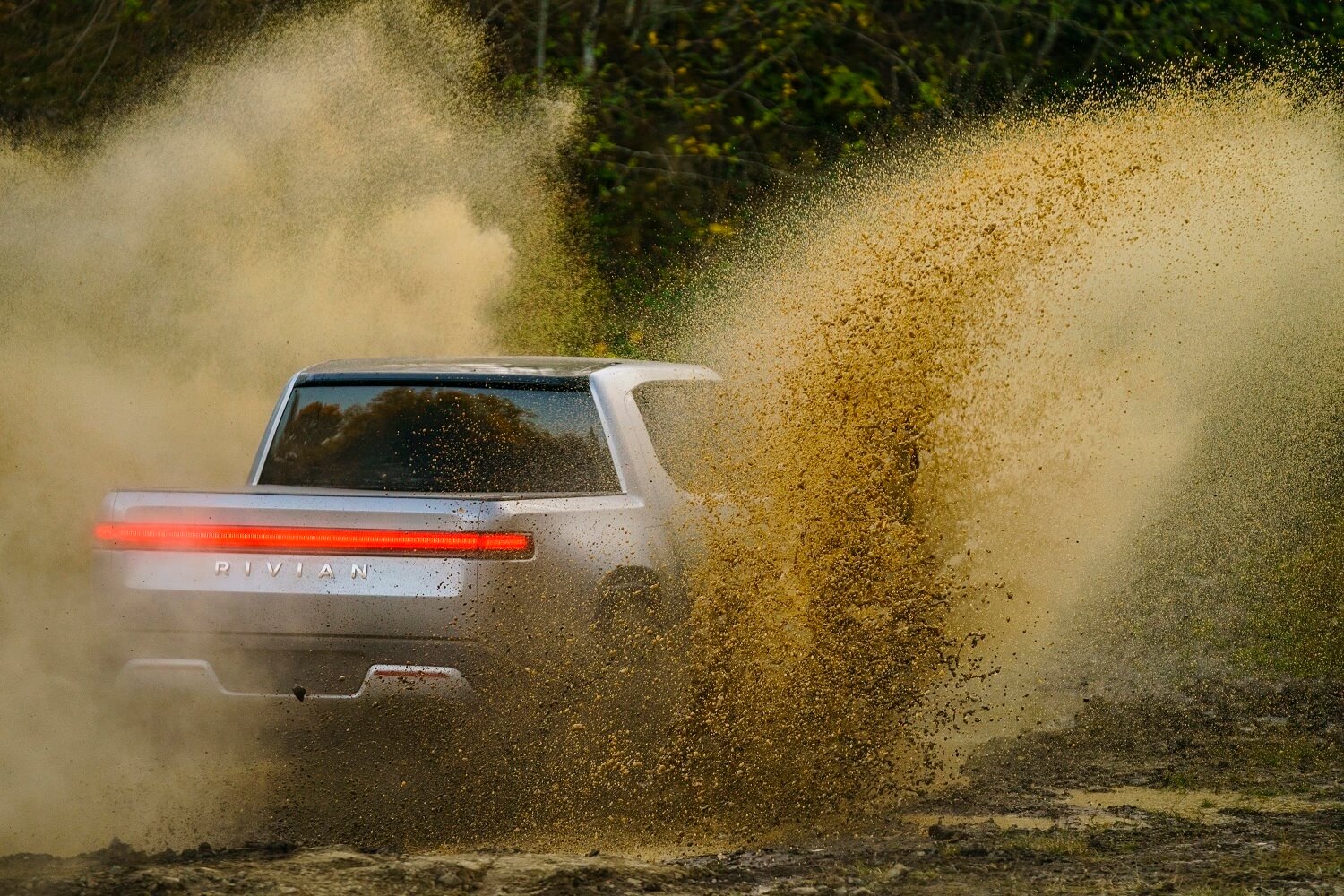
Not to be indelicate, but I do need to talk about both the Rivian and i7’s weight. Electric vehicles are heavy: the BMW 7-series can weigh as little as 4,720 pounds. But the i7 weighs in at 5,917 pounds.
Electric trucks are even heavier. Thanks to its 128.9 kWh battery, the Rivian R1T Car and Driver tested weighs 7,173 pounds. You can get the same truck with a 180 kWh long-range battery, adding even more weight.
New technologies like quad-motor drive and hydraulic damping are great. They help EVs wear their increased weight with grace. But there is an upper performance limit–especially with on/off-road tires–and that may be evident in the Rivian’s braking.
Lithium batteries are not only heavy, but they are also expensive. This is the main reason the average EV costs 40% more than a comparable ICE vehicle. The well-optioned BMW i7 Car and Driver tested ($156,595) is not far from a fully-loaded Tesla Model S Plaid. But if you are considering spending six-figures on a four-door electric sports sedan, it might be worth taking another look at the Rivian R1T.
There are obviously limits to how well a pickup truck–even a Rivian R1T–can handle the twisties. So if the Rivian R1T’s roadholding is truly that much better than the i7, it is as much a testament to the Rivian’s forward-looking engineering as it is a testament to BMW’s failure. The BMW i7 adds a battery pack (and a lot of weight) to the regular 7-series, while the R1T is a brand-new vehicle engineered around an electric powertrain.
Next, dive into why the Rivian R1T changes everything, or see how the Rivian R1T handles Edmunds’ track test in the video below:
